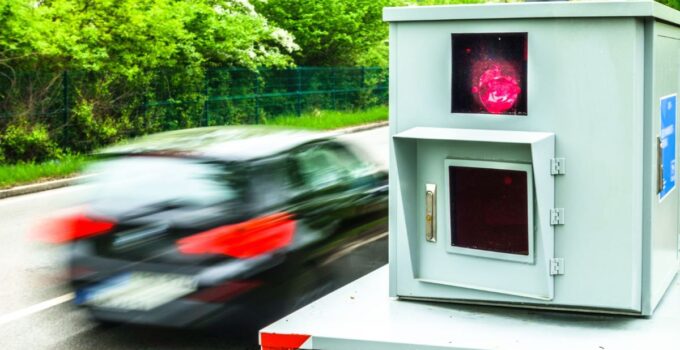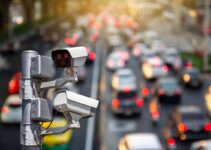Speed traps are a common sight on the roads, but their true purpose is often questioned. Are they genuinely about improving road safety, or are they just revenue-generating schemes?
1. Revenue Generation vs. Safety
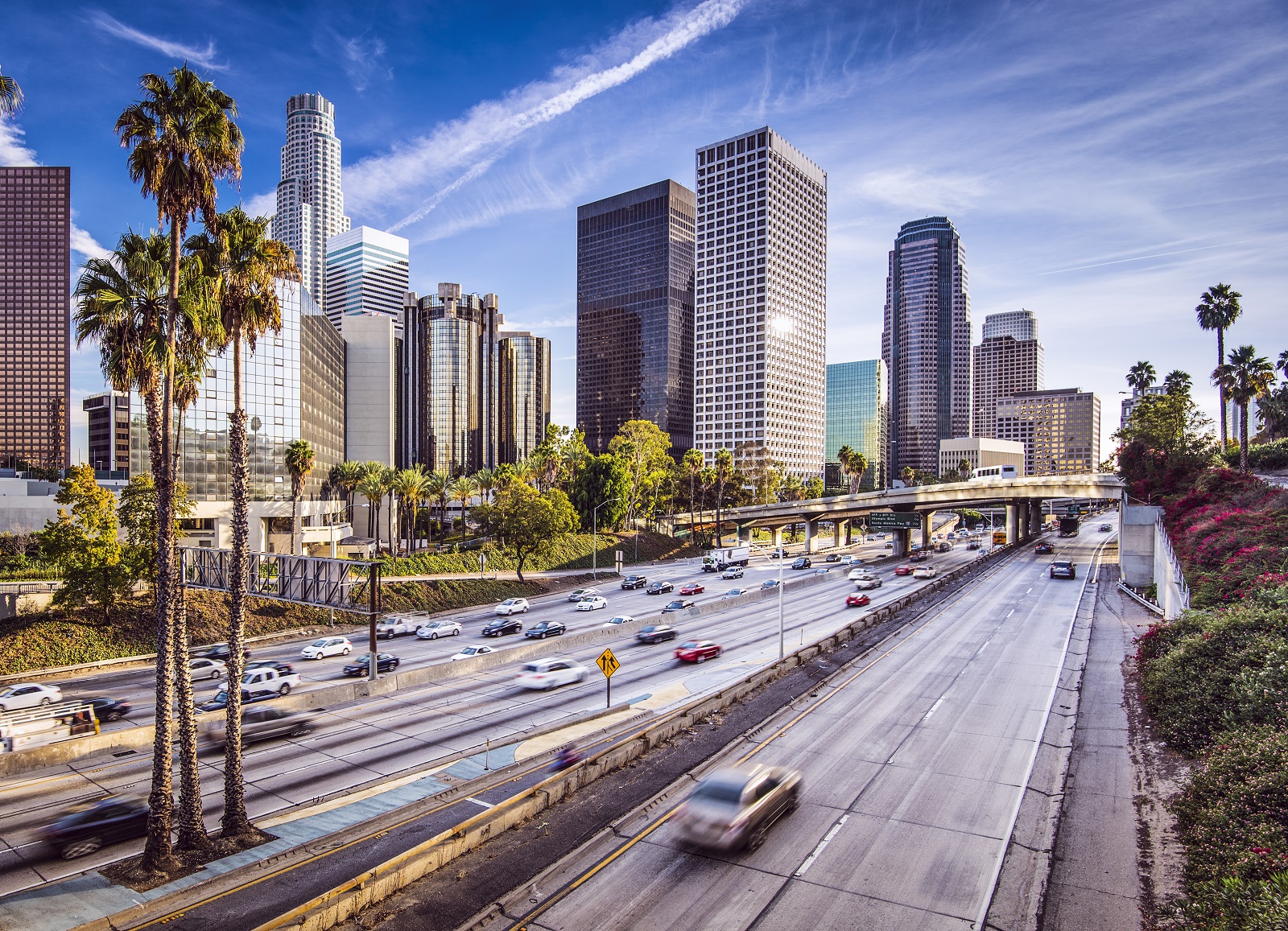
Image Credit: Shutterstock / Sean Pavone
Speed traps often spark debate about their true intentions. While some argue they improve road safety, others believe they are primarily revenue-generating tools for municipalities. A 2023 study by the Insurance Institute for Highway Safety (IIHS) found that up to 60% of speed trap locations are placed in areas known to generate the most revenue, not necessarily where accidents are most common.
2. Impact on Road Safety
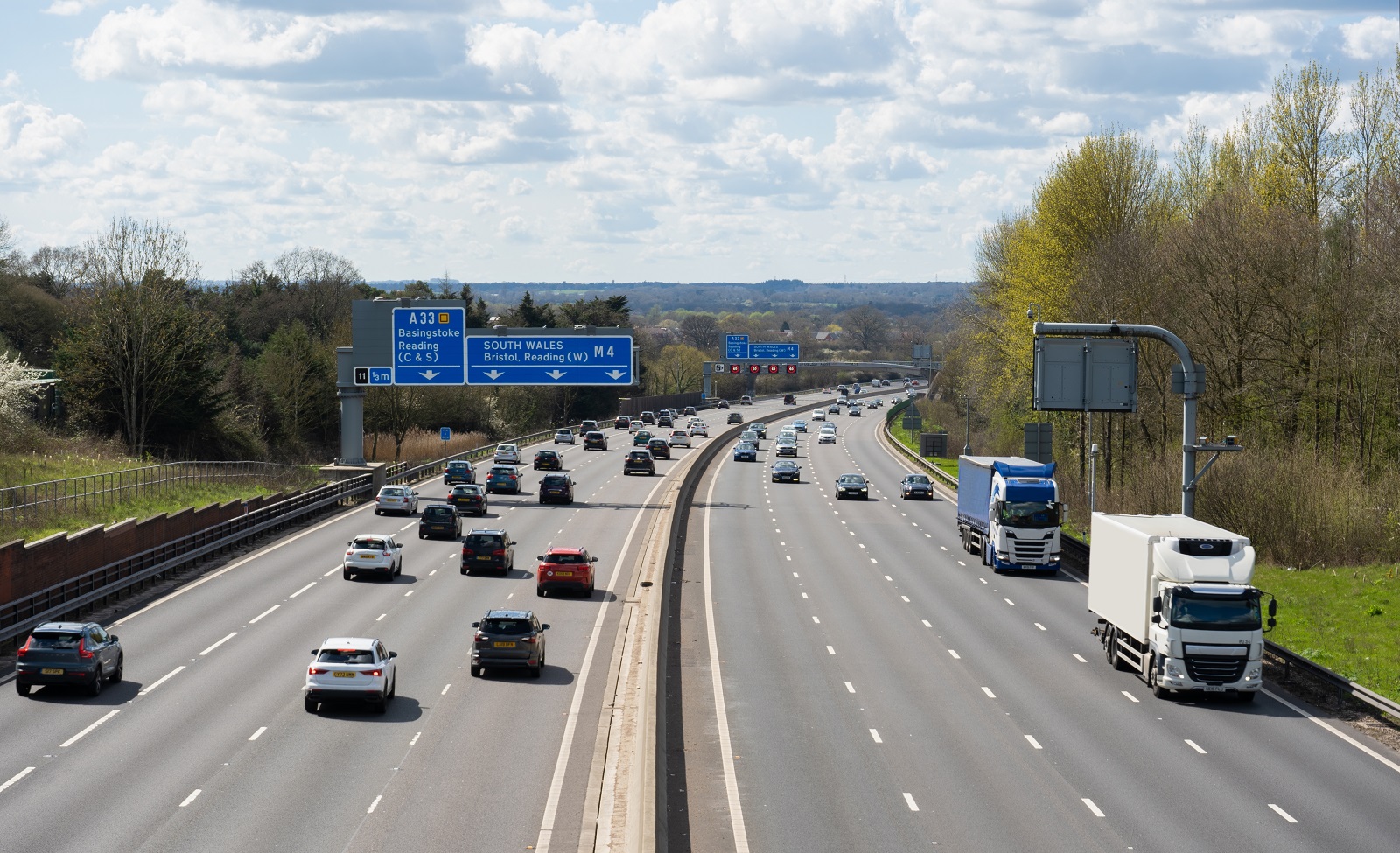
Image Credit: Shutterstock / Alasdair Jones
The impact of speed traps on road safety is mixed. Research by the National Highway Traffic Safety Administration (NHTSA) shows that speed traps can temporarily reduce speeding in the immediate area, but the long-term safety benefits are unclear. The effectiveness of speed traps in preventing accidents over time remains debated.
3. Legal and Ethical Concerns

Image Credit: Shutterstock / Studio Romantic
There are legal and ethical issues surrounding speed traps. Critics argue that some speed traps are set up in ways that are legally questionable or designed to maximize fines. In 2024, a lawsuit in New York challenged the legality of speed traps placed in poorly marked zones, arguing that they were a form of entrapment.
4. Community Impact
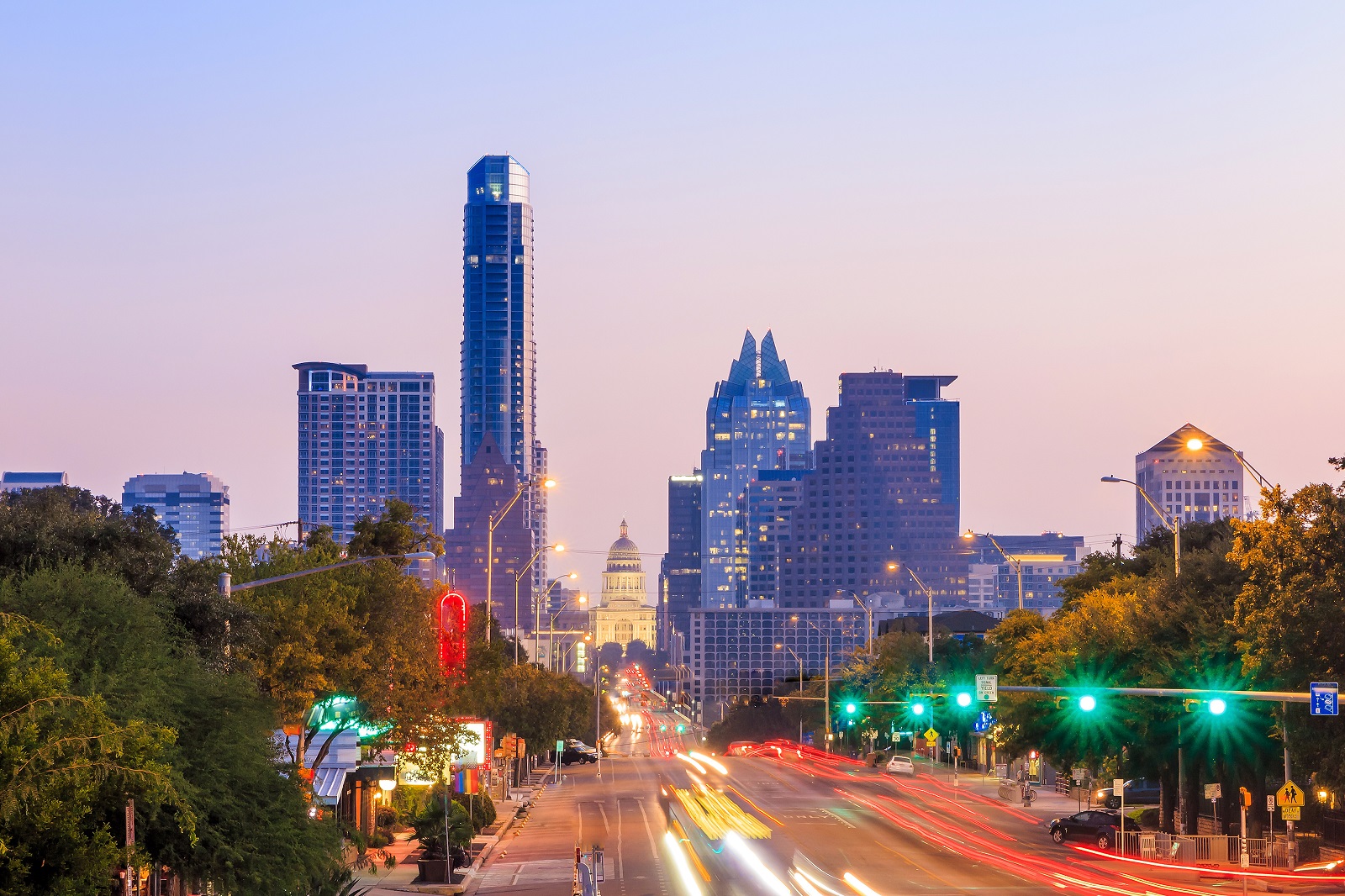
Image Credit: Shutterstock / f11photo
Speed traps can have varying effects on local communities. While they may reduce speeding, they can also lead to negative perceptions of law enforcement and a feeling of being targeted. Data from a 2024 community survey in Texas showed that 45% of residents felt speed traps were more about generating income than enhancing safety.
5. Influence on Insurance Rates

Image Credit: Shutterstock / jd8
Speeding tickets from speed traps can impact insurance rates. According to a 2023 report by the National Association of Insurance Commissioners (NAIC), receiving multiple speeding tickets can lead to increased premiums. This financial burden can be significant, with insurance rates rising by an average of 20% after multiple infractions.
6. Distrust in Law Enforcement

Image Credit: Shutterstock / TheCorgi
Frequent speed traps can erode trust in law enforcement. A 2024 study published in the Journal of Public Safety found that communities with frequent speed traps reported lower levels of trust in police officers. This distrust can undermine the relationship between law enforcement and the public.
7. Effectiveness of Speed Trap Signs
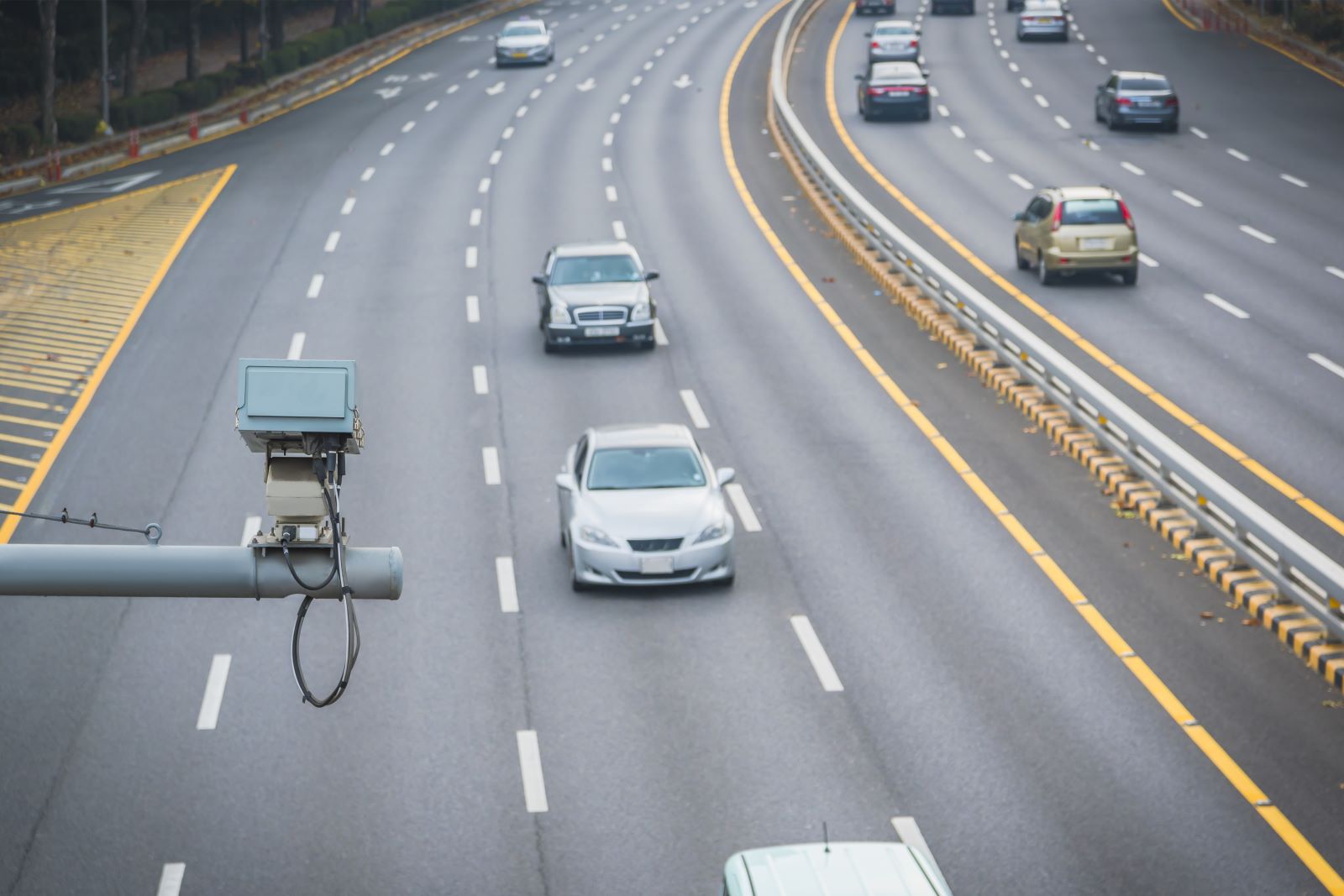
Image Credit: Shutterstock / neopicture
The visibility of speed trap signs can influence their effectiveness. Research by the Federal Highway Administration (FHWA) indicates that clearly marked speed trap signs can reduce speeding but may also lead to “brake slamming” as drivers slow down abruptly. The balance between warning drivers and causing sudden stops is a critical factor.
8. Disproportionate Impact on Low-Income Drivers
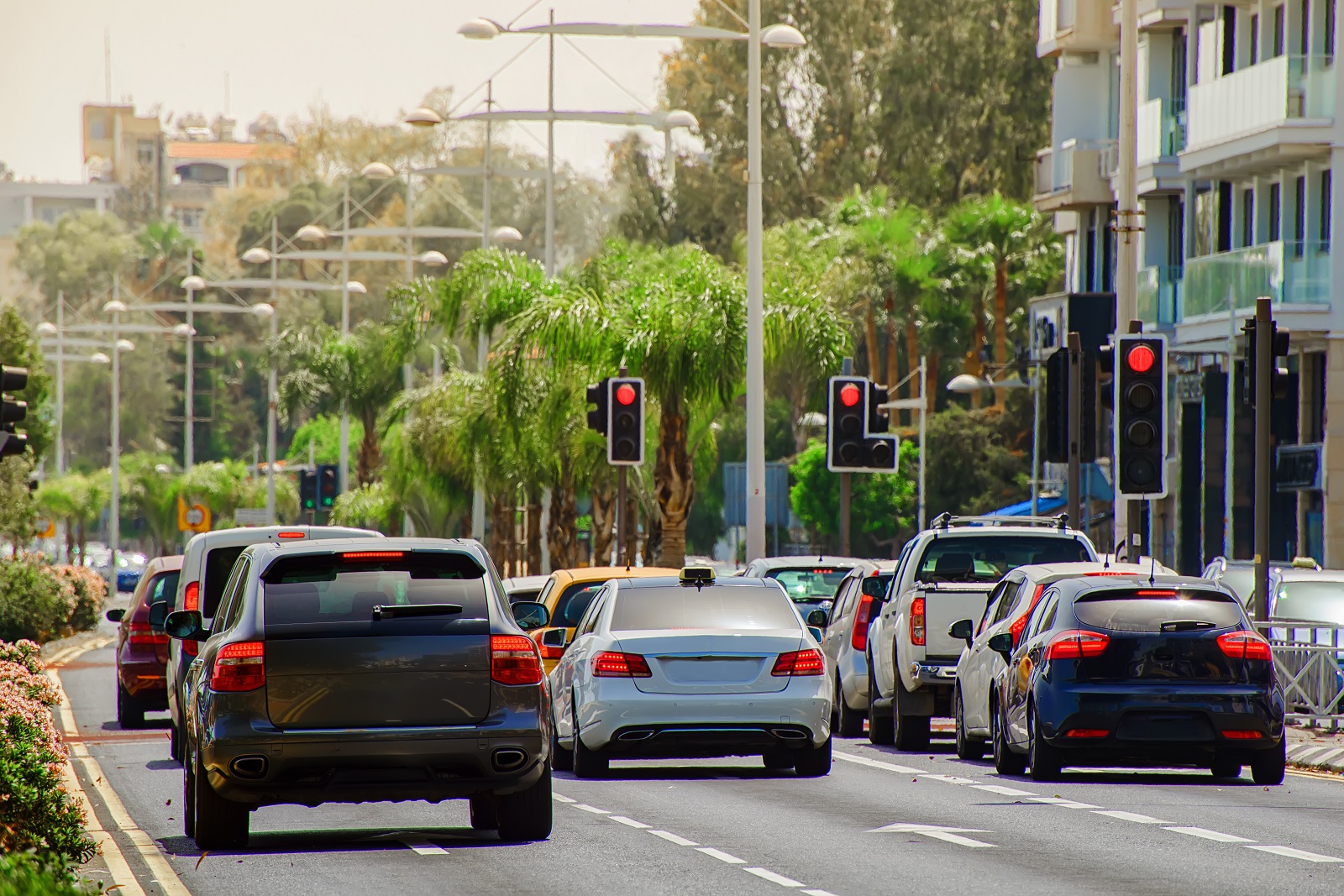
Image Credit:Shutterstock / BACHTUB DMITRII
Speed traps can disproportionately affect low-income drivers. Many low-income individuals may struggle with the financial burden of fines and increased insurance rates. A 2023 analysis by the Urban Institute highlighted that low-income drivers are more likely to be penalized by speed traps, exacerbating financial difficulties.
9. Impact on Traffic Flow
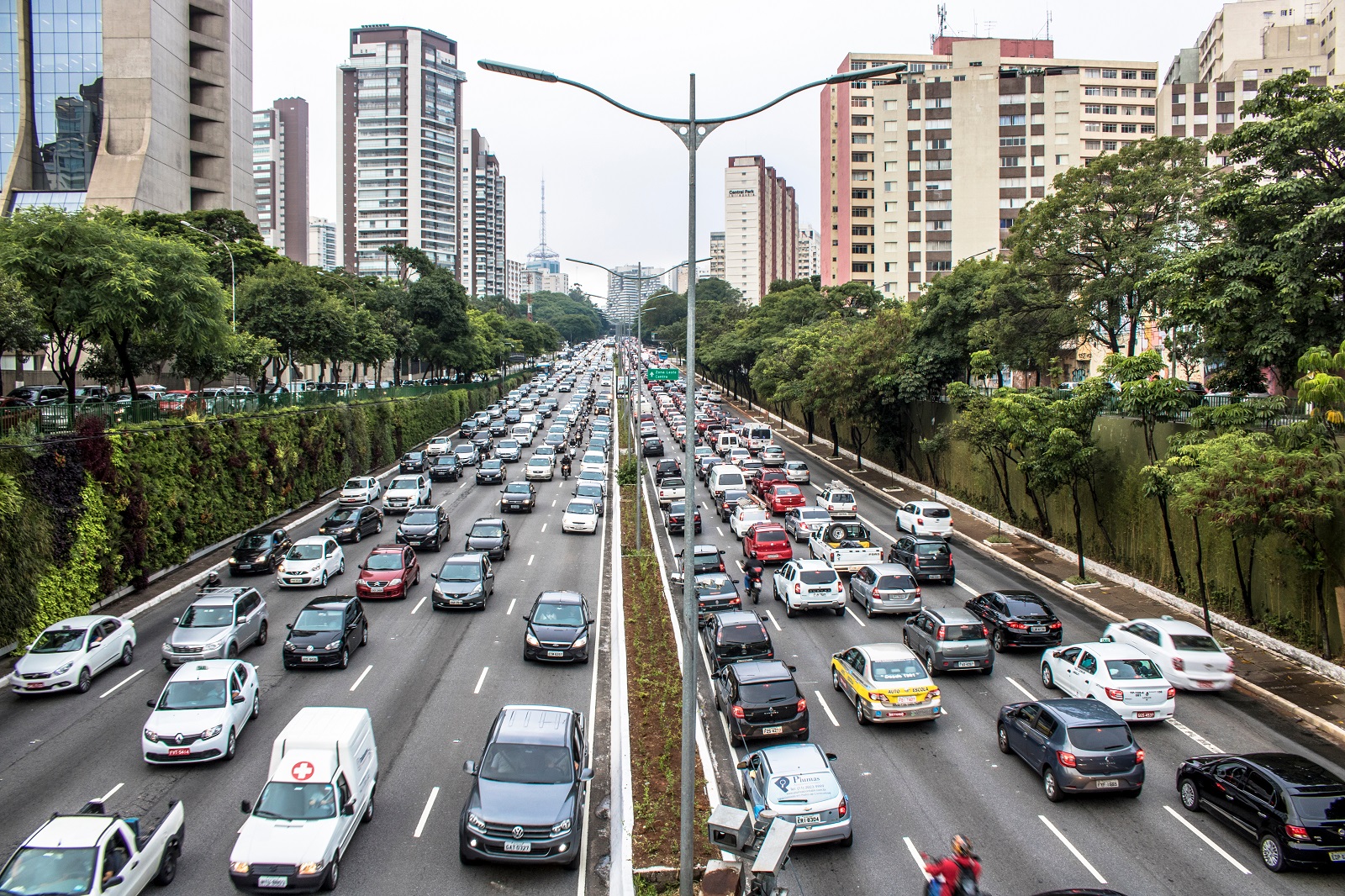
Image Credit: Shutterstock / Alf Ribeiro
Speed traps can disrupt traffic flow. Frequent braking and sudden acceleration in speed trap zones can create congestion and increase the risk of accidents. According to a 2023 study by the Transportation Research Board, areas with frequent speed traps experienced a 15% increase in rear-end collisions.
10. Potential for Abuse
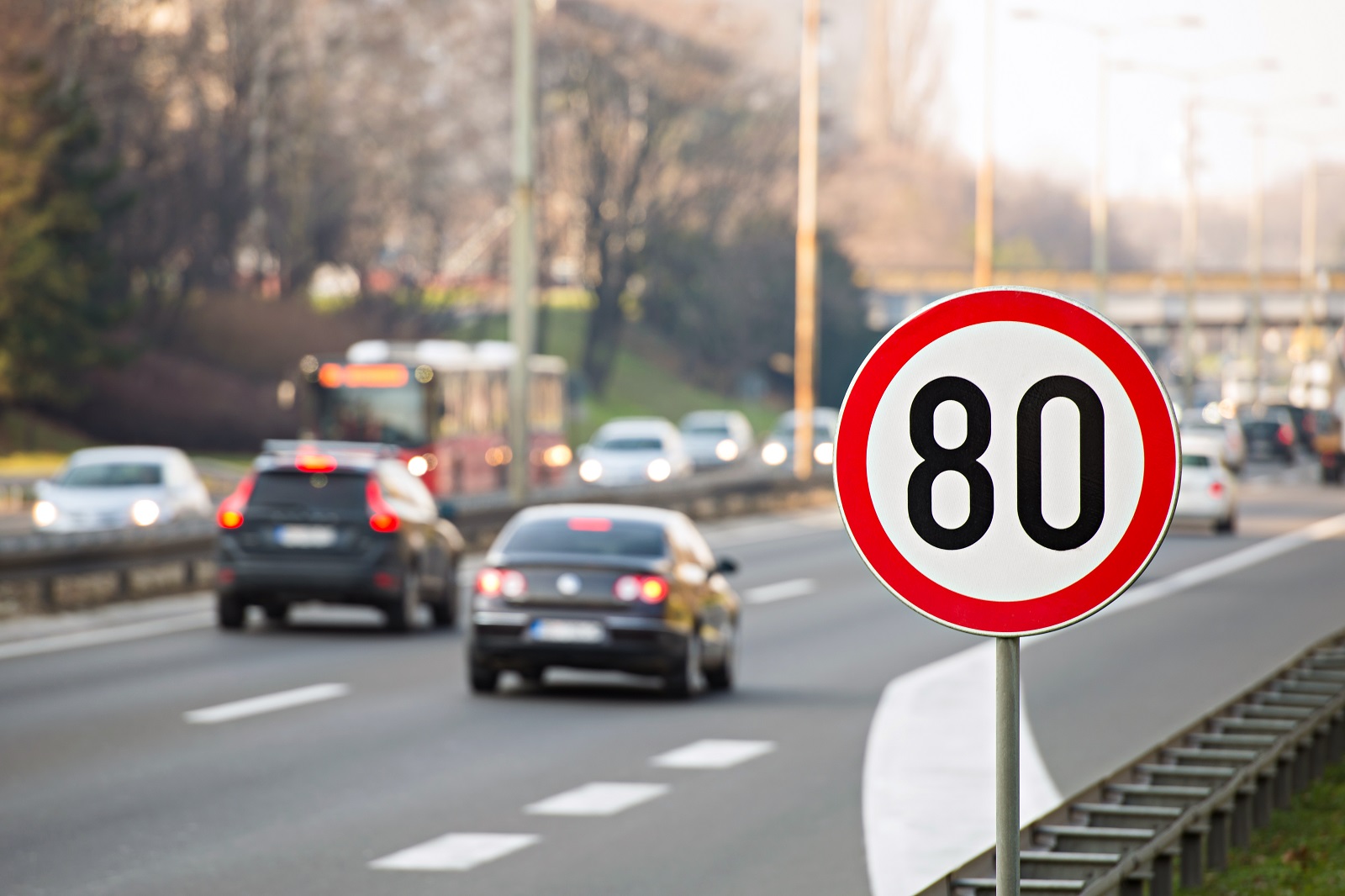
Image Credit: Shutterstock / Marko Rupena
There is potential for abuse with speed traps. Some jurisdictions may use them to meet revenue targets rather than for safety purposes. A 2024 report from the Government Accountability Office (GAO) found instances where speed traps were implemented in locations chosen specifically for revenue generation rather than safety.
11. Public Perception

Featured Image Credit: Shutterstock / elenaphotoru
Public perception of speed traps varies widely. While some see them as a necessary tool for controlling speed, others view them as a form of extortion. A 2023 survey by Gallup revealed that 40% of drivers believe speed traps are more about generating revenue than ensuring safety.
12. Impact on Traffic Tickets
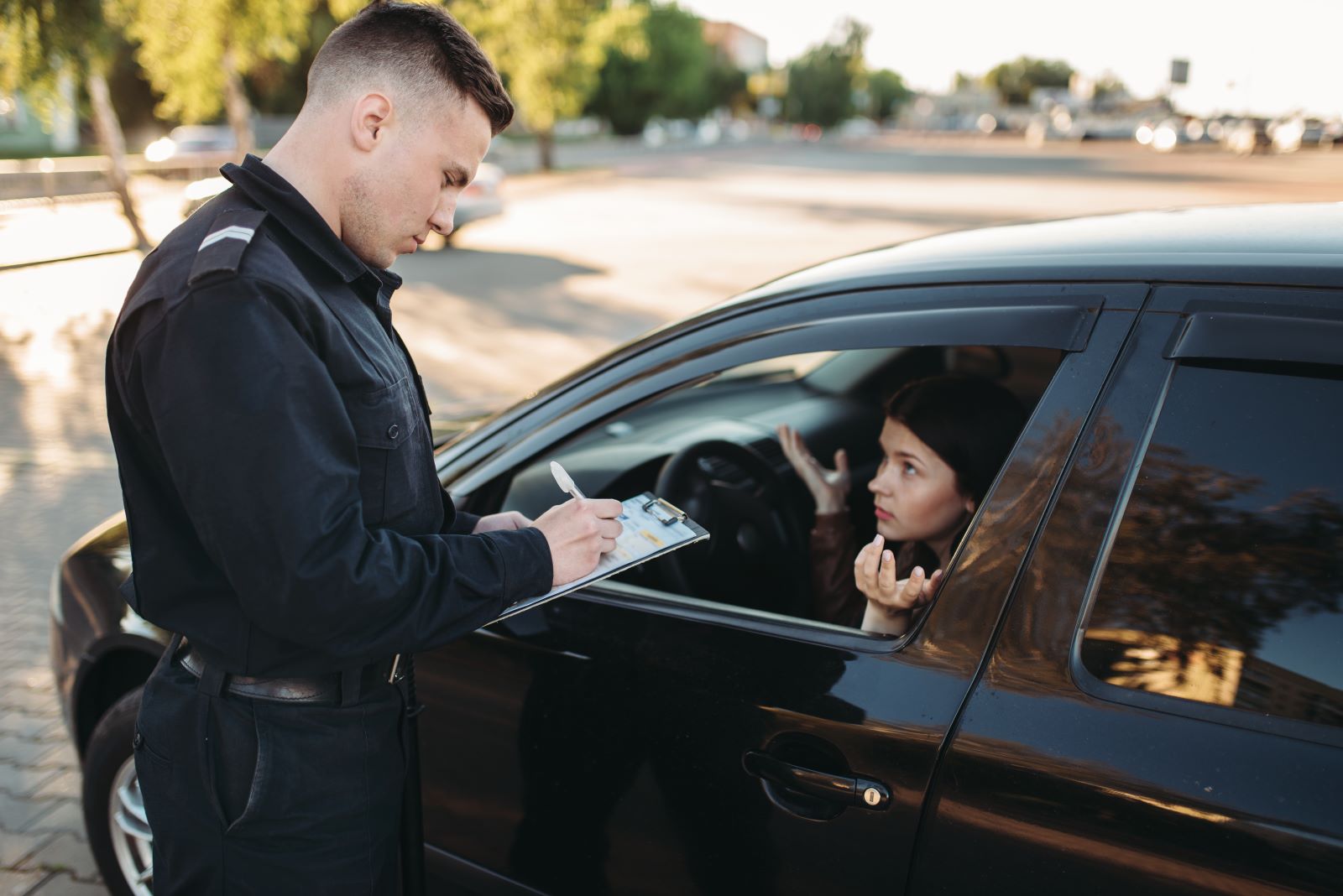
Image Credit: Shutterstock / Nomad_Soul
Speed traps contribute significantly to the number of traffic tickets issued. In many areas, they are a primary source of revenue through fines. The National Highway Traffic Safety Administration reported that speed traps account for approximately 25% of all speeding tickets issued annually.
13. Effectiveness in Different Areas
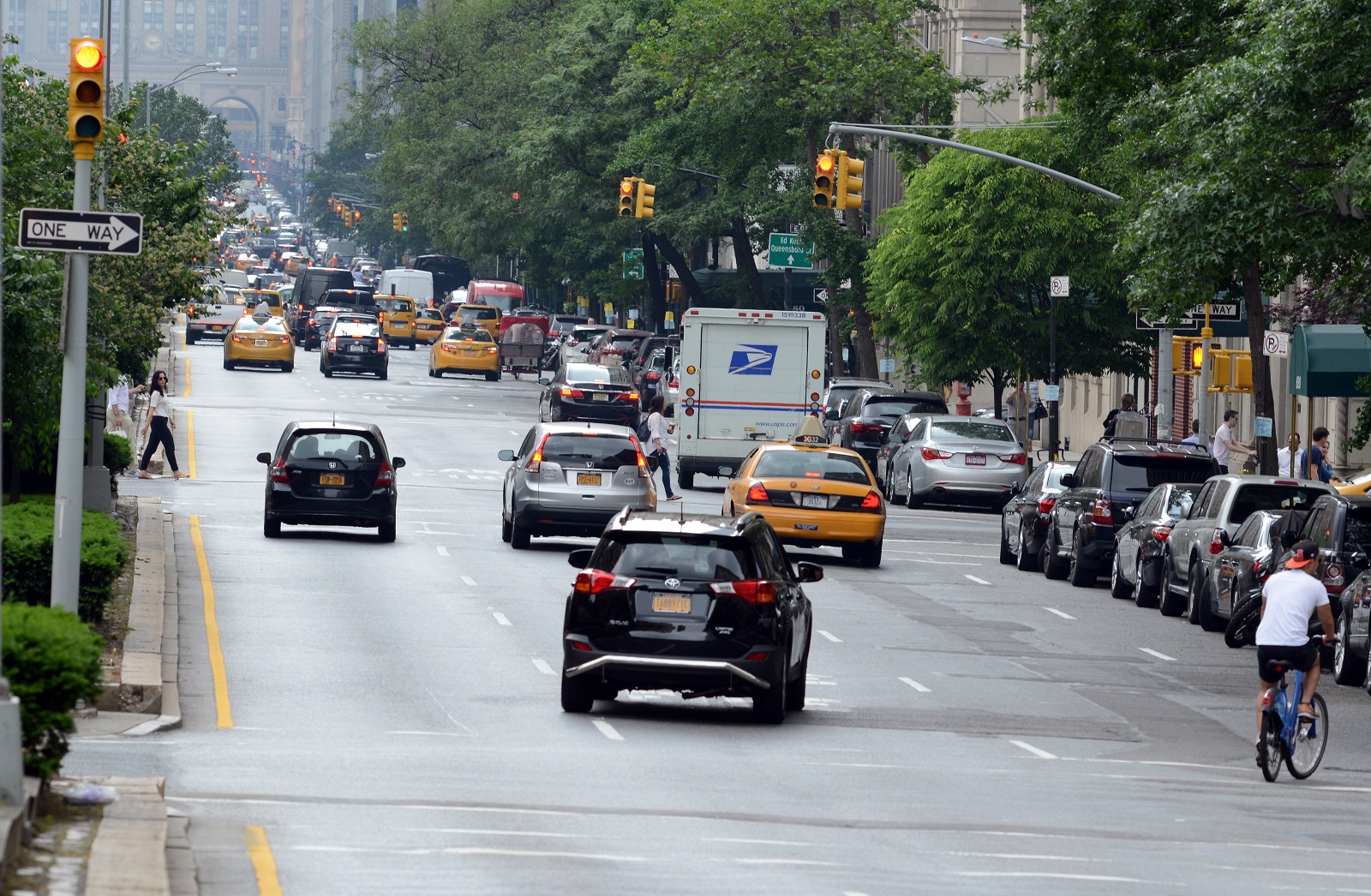
Image Credit: Shutterstock / nyker
The effectiveness of speed traps varies by location. They tend to be more effective in urban areas with heavy traffic but less so in rural areas where speeding issues may be less prevalent. A 2024 study by the Transportation Research Board found that urban speed traps reduce speeding by up to 30%, while rural traps have a minimal impact.
14. Alternatives to Speed Traps
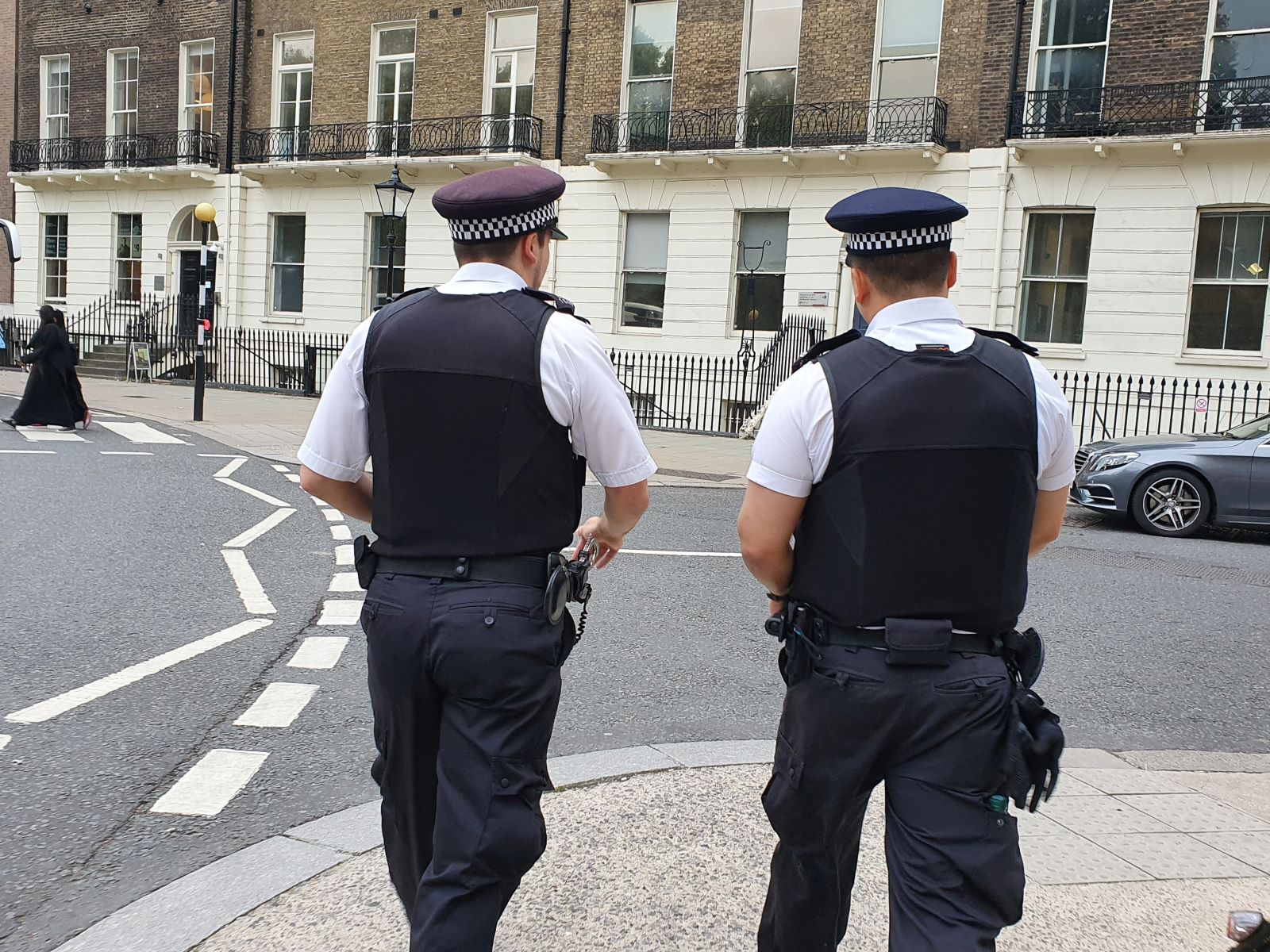
Image Credit: Shutterstock / Vered Barequet
There are alternative methods to enforce speed limits that may be more effective. Automated speed cameras and increased police presence are other strategies that can be used. Research by the Insurance Institute for Highway Safety found that automated speed cameras can reduce speeding by up to 40% in monitored areas.
15. Transparency and Accountability
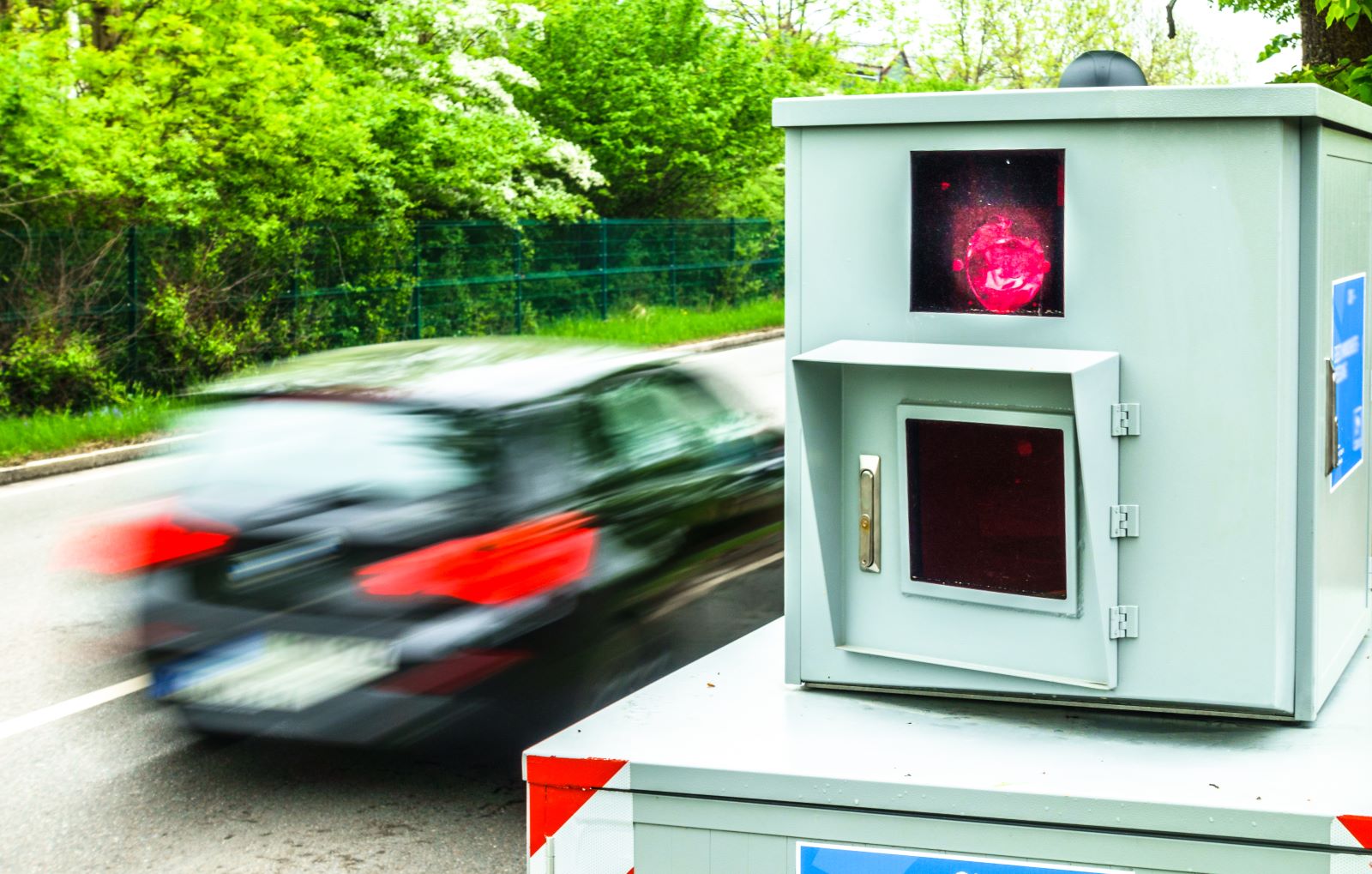
Image Credit: Shutterstock / FooTToo
Transparency and accountability are crucial for speed traps. Clear guidelines and oversight can prevent misuse and ensure they are used effectively for safety. A 2024 report from the National Council for Highway Safety emphasized the need for transparent procedures in implementing speed traps to maintain public trust.
16. Influence on Driving Behavior

Image Credit: Shutterstock / Krakenimages.com
Speed traps can temporarily influence driving behavior. Drivers may slow down when approaching known speed trap areas but return to previous speeds afterward. The effectiveness of speed traps in changing long-term driving behavior is limited, as found in a 2023 study by the Transportation Research Institute.
17. Cost to Drivers

Image Credit: Shutterstock / Frame Stock Footage
The cost to drivers from speed traps extends beyond fines. Increased insurance premiums and potential legal fees add to the financial impact. A 2024 analysis by the Consumer Financial Protection Bureau estimated that speed trap fines and associated costs can total over $500 annually for frequent offenders.
18. Variability in Enforcement
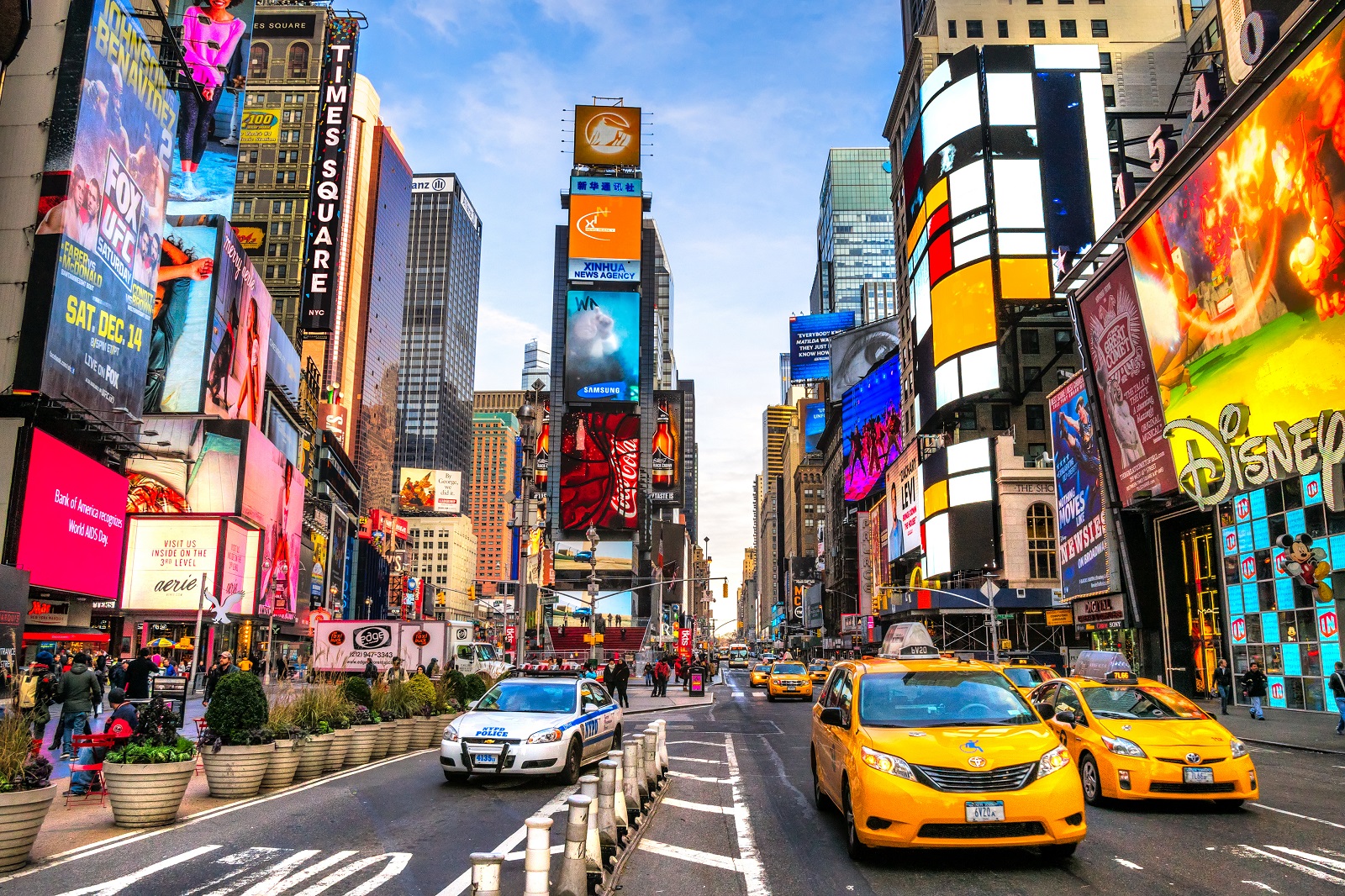
Image Credit: Shutterstock / Luciano Mortula – LGM
Enforcement practices can vary widely. Some jurisdictions are more aggressive in setting up speed traps, while others focus on education and awareness. A 2023 survey found that speed trap density varies by state, with urban areas experiencing significantly higher rates than rural regions.
19. Legal Challenges

Image Credit: Shutterstock / Nicola Forenza
Speed traps are often subject to legal challenges. Drivers and advocacy groups have challenged the legality of certain speed traps, citing issues like poor signage and misleading placement. In 2024, a case in Florida resulted in a ruling that certain speed traps violated state law due to inadequate warning signs.
20. The Future of Speed Traps
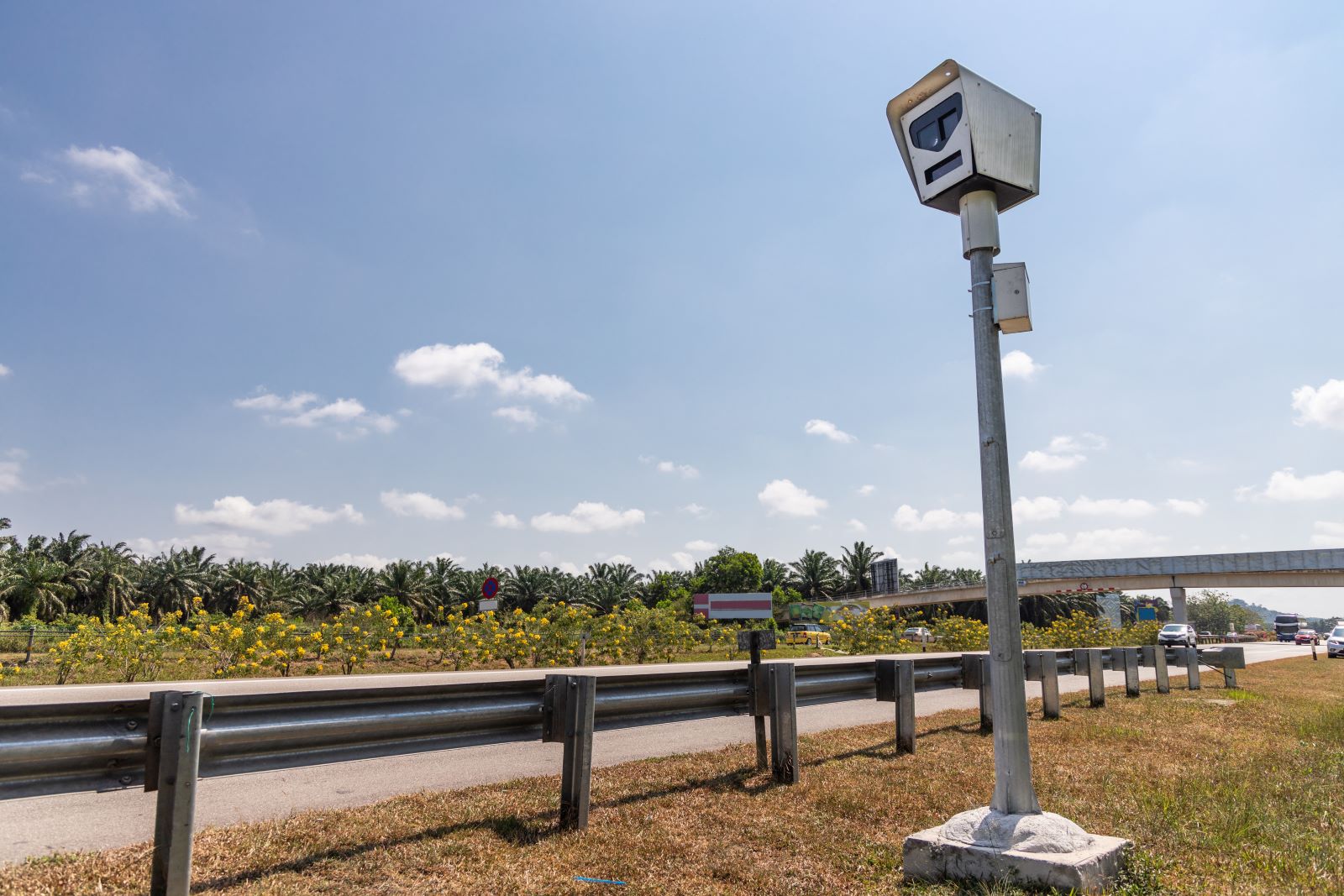
Image Credit: Shutterstock / ThamKC
The future of speed traps may involve technological advancements and new policies. Innovations like digital speed cameras and more sophisticated traffic monitoring systems could change how speed enforcement is conducted. According to a 2024 report by the National Traffic Safety Institute, the integration of new technologies could improve the fairness and effectiveness of speed enforcement.
The True Purpose of Speed Traps
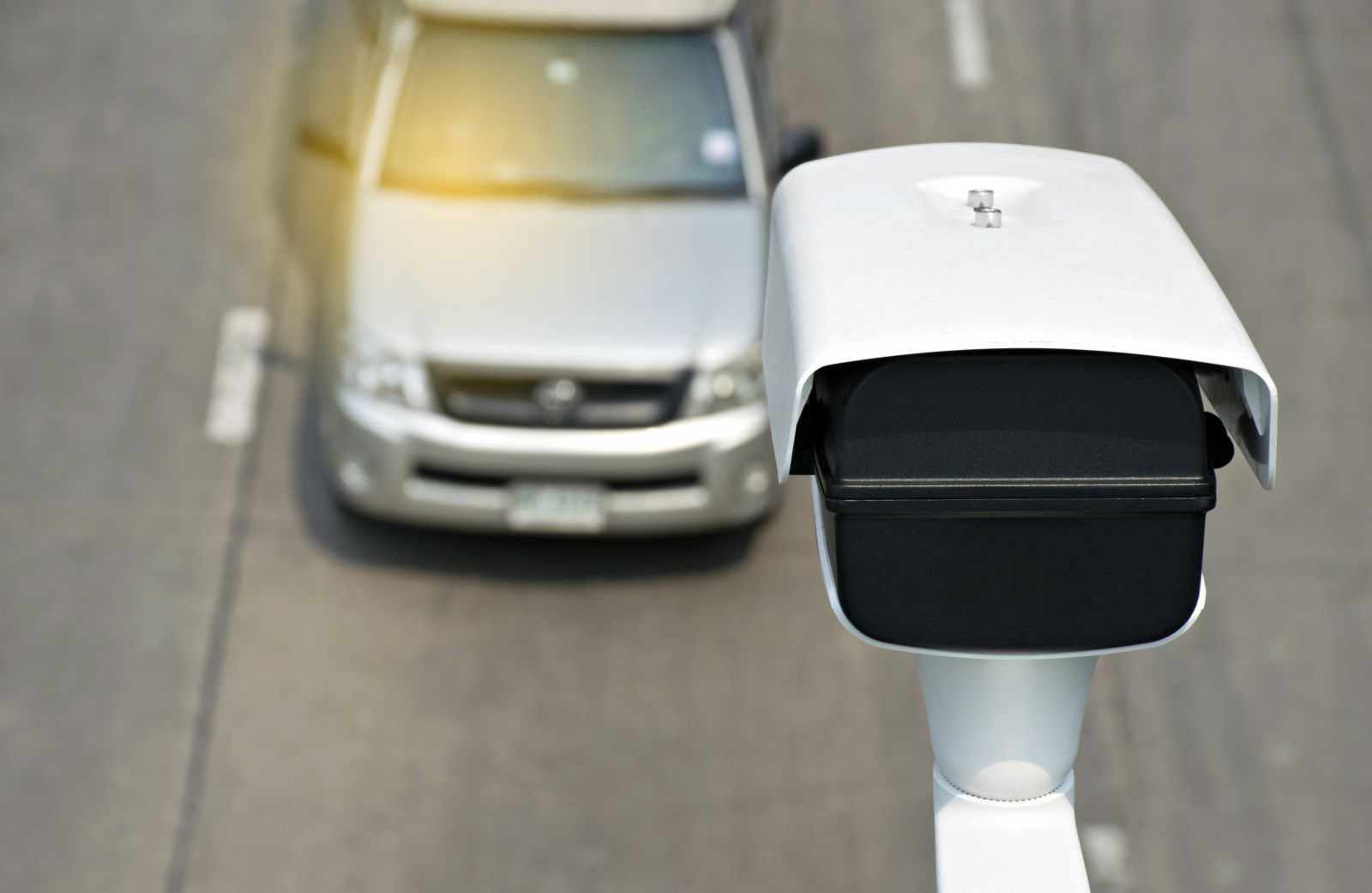
Image Credit: Shutterstock / Good Luck Photo
Speed traps are a contentious issue, with debates about their true purpose and effectiveness ongoing. By understanding their impact on safety, finances, and public perception, you can better navigate these enforcement measures and advocate for fair practices. Are you ready to scrutinize the real motives behind speed traps and demand more transparent enforcement?
Police Magnet: 7 Cars That Guarantee You’ll Get Pulled Over
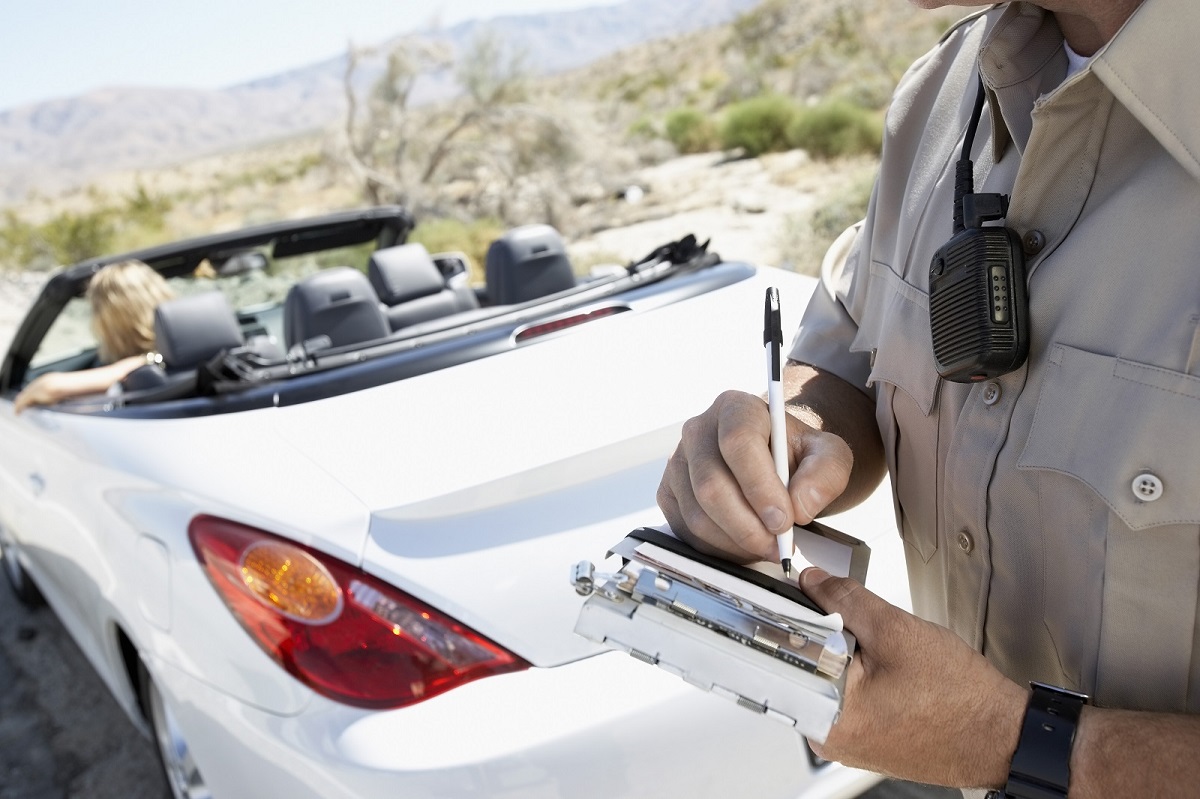
Image Credit: Shutterstock / sirtravelalot
Driving certain cars can make you more noticeable to law enforcement, even if you’re abiding by all the rules. Are you driving one of these “police magnets”? Here are seven cars that seem to attract more police attention than others. Police Magnet: 7 Cars That Guarantee You’ll Get Pulled Over
The Classic Cars That Were Total Clunkers

Image Credit: Pexels / Pixabay
Nostalgia has a funny way of making the past seem better than it was, especially when it comes to cars. But here’s the hard truth: some of those “classic” cars your dad raves about were real clunkers. Here’s a closer look at why some of those so-called “classics” weren’t all they were cracked up to be. The Classic Cars That Were Total Clunkers
The Worst U.S. Cars Ever Made: A Retro List

Image Credit: Pexels / Be The Observer
The U.S. auto industry has produced some incredible vehicles, but not every model was a hit. Here’s a look back at 16 of the worst cars ever made in the U.S., each infamous for its own unique flaws. The Worst U.S. Cars Ever Made: A Retro List
Featured Image Credit: Shutterstock / FooTToo.
For transparency, this content was partly developed with AI assistance and carefully curated by an experienced editor to be informative and ensure accuracy.
